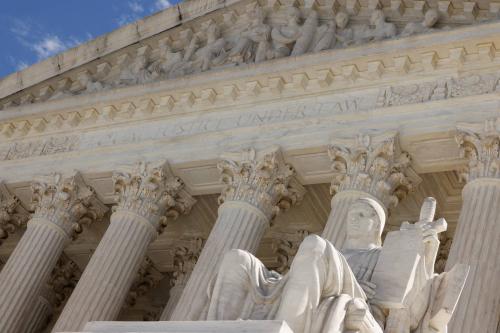Chetan Bhagat’s, Two States: The Story of My Marriage, is a mega-hit pop-novel in India. Tamil girl (Ananya) meets Punjabi boy (Krish).
Two States is a not-so-subtle metaphor for how India becomes comfortable with internal cultural immigration and assimilation.
Imagine My Big Fat Greek Wedding, where a Greek boy meets a Finnish girl. Ok, that’s the story of my marriage. But recently Finland opposed bailing out Greece. The Finns have even suggested that Greece be kicked out of the EU.
So, in the Indian version, Ananya and Krish’s families also hate each other. But they eventually learn to tolerate, and even embrace, their differences.
When Krish moves to Chennai to court Ananya’s family (and work for Citibank), it’s the story of India’s “mosaic” — a Punjabi living in Tamil Nadu. Since India liberalized its economy, internal integration has accelerated. (Note: Krishna works for a U.S. bank.) And it’s not just rising young love-seekers like Krish in Two States. It is also hundreds of thousands — perhaps millions— of Biharis and Karnatakans and others migrating to Chennai, Mumbai, and Ahmadabad seeking day-labor work.
Bhagat points to this in the book as the wave of the future — and as something to be embraced.
As the father of the bride says: “When your child decides to love a new person, you can either see it as a chance to hate some people — the person they choose and their families. Which is what we did for a while. However, you can also see it as a chance to love some more people. And since when did loving more people become a bad thing?”
And then, (spoiler alert) Ananya gives birth to twins. The birthing nurse asks: “You are from two different states, right? So what will be their state?”
Krish responds: “They’ll be from a state called India.” In other words, like my kids (and most Americans), they’re mutts.
As I have heard in meeting after meeting, there are far deeper cultural challenges ahead for Indian national identity. India’s medley of languages, religions, castes, and classes are all are obstacles to a common identity. But after six decades, there is little doubt that a common identity does exist in the “new India”, even if it is always being contested by one narrower identity or the other.
On the one hand, that seems incongruous with the emergence of local control. At the same moment India is watering down local identities and creating a national one, it seems odd that they also are enhancing the control of local authorities. Or at least starting to do so.
But in a continent-wide federation, national identity is almost a requirement. Secession becomes much less likely when identity no longer conforms directly with geography. The rights of minorities — religious, ethnic, economic— can be less easily cast aside. So it just may be that India is now comfortable enough with a national identity that it is allowing local voices to flourish.
That was James Madison’s vision for the U.S. Constitution in his Federalist Paper #10. Madison called for a continent-wide republic that would prevent hostile local “factions” (that is, state governments) either from oppressing or from seceding.
America’s challenge was that we started out with exceptionally strong states. Despite a common language and cultural heritage, as well as a short but sturdy constitution, our major flaw was that we lacked a national government. Madison wanted to shift some power from the states to the national government, but then in turn limit that central government with the separation of powers.
This included incorporating the echo of federalism in our Senate — equal representation for each state, regardless of size. Keep in mind, at the founding, Senators were elected by state legislatures. They were seen as Ambassadors to Washington.
The downsides of America’s “strong states” federalism have been obvious. The unresolved tension between the Federal government and the states was only finally settled by a terrible civil war. And even after the war, the Senate has been the “cooling saucer” (in Madison’s phrase), giving small states leverage in legislation—especially treaties. That has limited America’s ability to act on a range of national and international priorities.
But the positives also should not be forgotten. Strong state governments have left a legacy of local control that has led to (relatively) productive city and state political systems. States are the laboratories of democracy. And they groom national leaders in both political parties.
India is now experimenting with moving in that direction. Fearing secession, oppression and civil war, Nehru built a very strong and authoritative central state. Now, after six decades of mosaics and cultural melting, the question is not whether to empower states. The question is how, when, and over what issues should authority be returned to Indian states and cities.



Commentary
Two States, One Nation
January 24, 2012